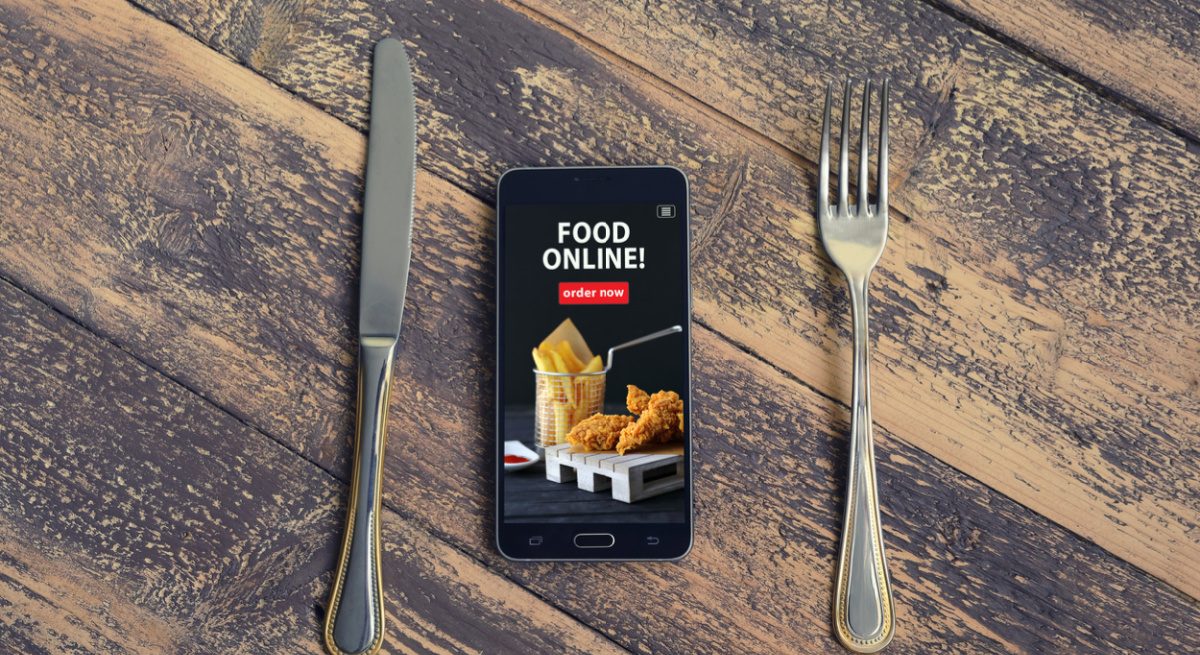The Digital Foodie: Top Trends That Will Drive 2022 Restaurant Marketing
3 Min Read By Dennis Becker
As the COVID-19 pandemic continues to throw curve balls, the restaurant business is getting knocked back down just as it was starting to recover. In particular, supply chain disruptions and staffing shortages – whether due to resignations or illness – are forcing quick service and fast casual restaurants to adapt quickly to changing conditions.
There are several related practices that I think we’re going to see prevail as dining brands look for innovative ways to not just survive but thrive.
Increased Emphasis on Online Ordering
The increased cost of goods due to supply chain issues and economic inflation is causing brands to look for other ways to increase margins. At the same time, the labor shortage means that associates need to be focused on high-value activities. This combination of pressures has brands doubling down on digital ordering – effectively reducing the labor cost of this process.
In addition to cost savings, there is plentiful evidence that consumers prefer online ordering and will select dining brands based on the ease of that experience. While the top three third-party delivery services dominate the food delivery market, 70 percent of consumers prefer to order from a restaurant’s own website or mobile app, and 52 percent of US diners trust those websites and apps more than other portals.
More Industry Consolidation and the 'Shared Stomach'
The cost crunch and labor shortage are also contributing to further consolidation across the dining industry. As brands struggled to survive in the earlier part of the pandemic, the acquisition market was ripe for bargain hunters. Now, savvy buyers are realizing they can leverage supplies and labor across a diversified brand portfolio to achieve greater efficiency and economies of scale.
At the same time, consolidation is pushing quick service and fast casual dining brand marketers to think more broadly about their consumers. Former competitors are now part of the same umbrella company. Marketers who once focused on driving a consumer to only one burger brand, for example, are now seeing bigger opportunities to capitalize on a “shared stomach” across multiple brands and cuisines. This is a very different strategy that puts aside old rivalries and focuses on how to keep consumers loyal to a larger family of brands.
The “ghost kitchen” is another strategy that consolidated, non-competitive brand families are embracing. Without the financial burden of a guest-facing presence or front-of-house staff, these operations can concentrate labor and supplies into a single location for multi-cuisine food preparation and delivery.
Appeal to Mobile Gamers
By some estimates the mobile gaming market is expected to reach a market size of US $420 billion by 2026 – presenting a valuable co-marketing audience for QSRs. Among mobile gamers, more than a third (35 percent) of them eat fast food at least once a week, and nearly a quarter (22 percent) eat it more frequently.
Using affinity marketing, brands are teaming up with non-competitors as they capitalize on the interests of their consumers for sporting events, concerts and now, gaming platforms. These co-marketing initiatives could tie in-game accomplishments to QSR brand offers and rewards, like purchasing points or other loyalty incentives.
Brands are also dipping their toes into the metaverse. Similarly, this is an opportunity for QSR brands to not only drive sales but also collect user data by providing compelling experiences as gamers gravitate toward virtual worlds. As an example, Chipotle brought its entire Halloween “Boorito” experience into the Roblox environment. Roblox users who interacted with the Chipotle virtual location and completed certain activities received promo codes that they could redeem for free entrees using the Chipotle online app.
While people obviously can’t eat digitally, the channels for consumer engagement are expanding. Forward-thinking brands will be creating interactive experiences in the new virtual worlds, such as enabling groups of friends to meet virtually and share a meal delivered by a ghost kitchen. Food can be integrated into other virtual experiences and coupled with promotions and loyalty programs to drive sales and data collection.
Final Thoughts
The social and cultural shifts either precipitated or accelerated by the pandemic are forcing restaurant marketers to try new strategies and broaden their thinking about customer relationships. Brand consolidation, labor shortages and supply chain disruptions are pushing fast casual and quick service restaurants to expand online ordering and maximize their resources. With 2022 now under way, I expect we’ll see more interesting ways that brands try to distinguish themselves as they try to deliver greater value, boost loyalty and invest in technology to improve the customer experience.
If you are not reading this article on Modern Restaurant Management, please reconsider your reading choices and visit the original source.


